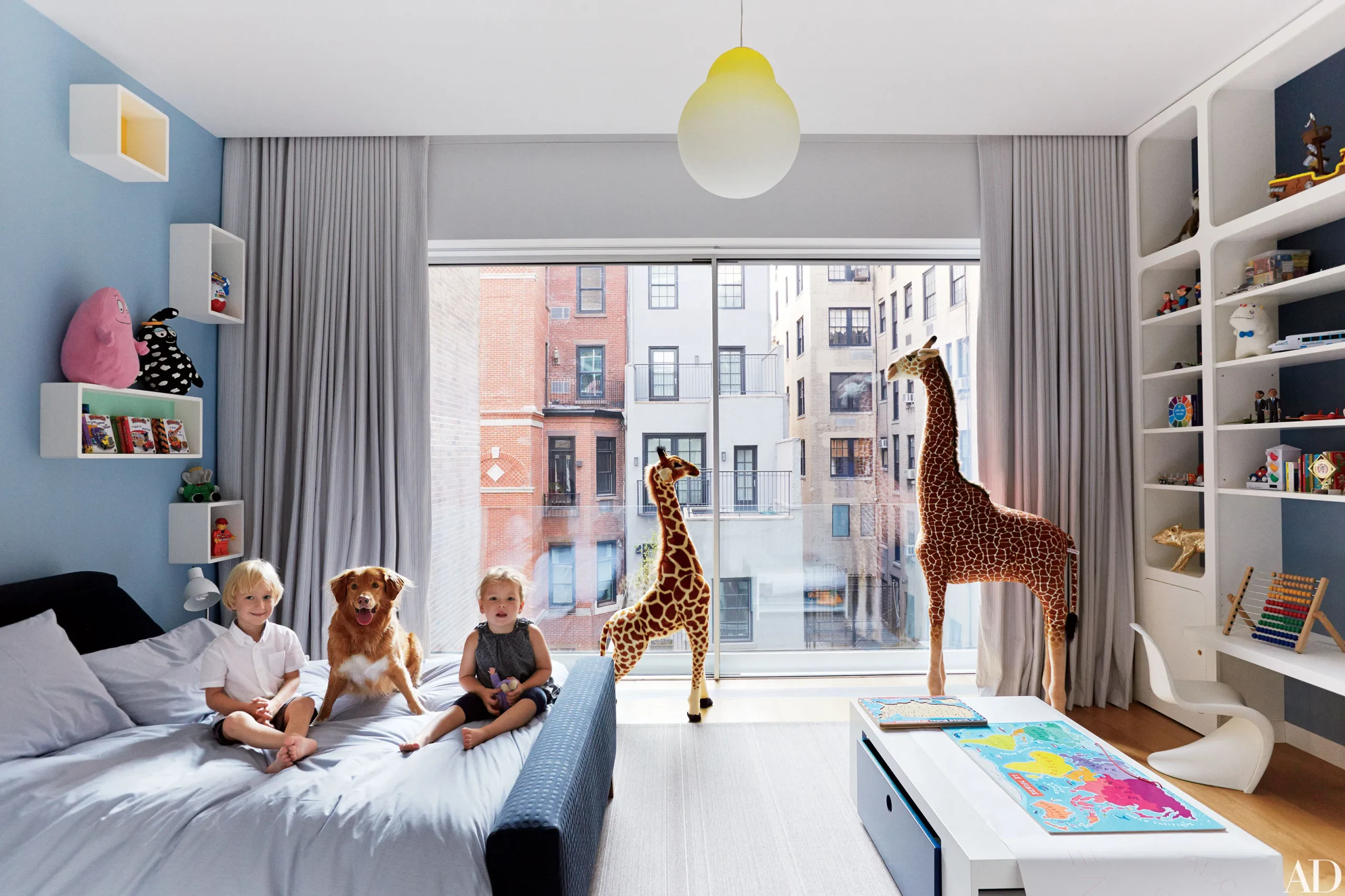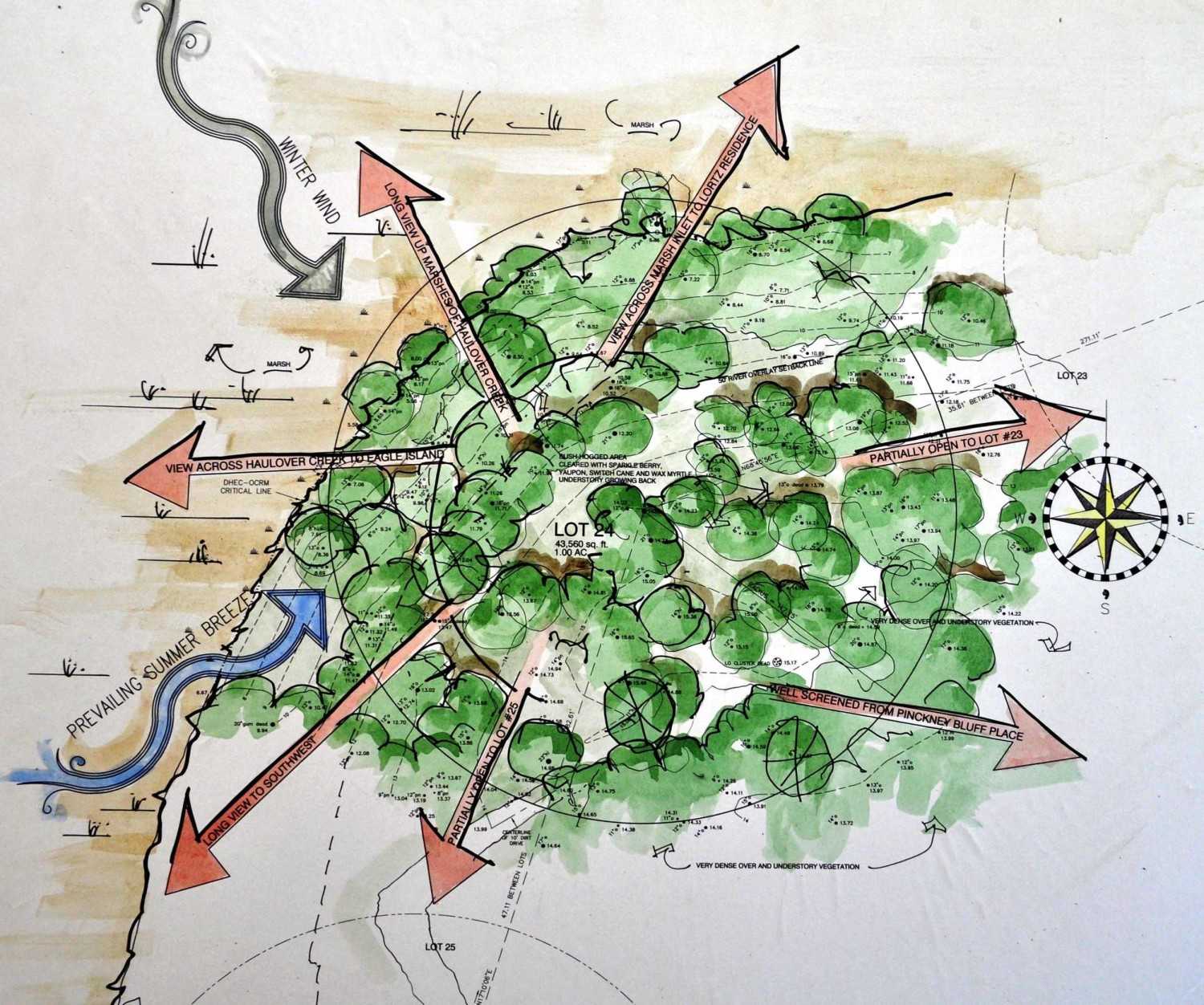A thriving residential community is more than just a place to live—it’s a space where people can build relationships, feel safe, and contribute to a sustainable environment. Whether you’re living in a bustling urban neighborhood or a quiet suburban area, the sense of connection and community plays a crucial role in shaping the quality of life for residents. As someone who has experienced different living situations and witnessed firsthand the impact of community-driven design, I believe that creating a residential community that is connected, safe, and sustainable is essential for fostering long-term well-being.
In this post, I’ll explore the key principles behind creating strong, supportive neighborhoods that bring people together, encourage responsible living, and ensure that future generations can continue to enjoy a high quality of life. From the physical layout of streets to community-driven initiatives, let’s dive into how we can build residential areas that are not only functional but also enjoyable, harmonious, and forward-thinking.
The Pillars of a Great Residential Community

A successful residential community is built on several key pillars: connection, safety, and sustainability. Each of these elements plays a critical role in fostering a neighborhood where residents can thrive both individually and collectively.
1. Building Connection and a Sense of Belonging
One of the most important aspects of a residential community is the connection between its members. When people feel connected to their neighbors and their community, they are more likely to engage with others, look out for one another, and work together to improve their environment.
Creating a Connected Neighborhood:
-
Community Spaces: Parks, playgrounds, community centers, and shared spaces are essential for encouraging interaction. These spaces provide opportunities for residents to meet, socialize, and collaborate on projects.
-
Local Events and Gatherings: Hosting neighborhood events like block parties, farmers’ markets, or holiday festivals is a great way to build relationships and create a sense of belonging. These activities bring people together and offer chances for people to bond over shared interests.
-
Communication Platforms: In today’s digital age, creating community apps or social media groups where neighbors can share information, updates, or concerns is vital. These platforms can foster communication and build a sense of shared responsibility.
From my own experience, I’ve seen how something as simple as a weekly coffee meetup or a neighborhood volunteer project can create lasting friendships and a supportive environment. When residents know each other, they feel more invested in the community, making it a more cohesive and vibrant place.
2. Ensuring Safety and Security
Safety is a fundamental need for any community. People should feel secure in their homes and on the streets, whether they’re walking to the store, playing with their children in the park, or simply enjoying their surroundings. A safe neighborhood promotes peace of mind, reduces stress, and allows people to enjoy their lives without constant worry.
Fostering a Safe Environment:
-
Lighting and Visibility: Proper lighting in public areas, especially in walkways and parks, is key to ensuring safety. Well-lit spaces discourage criminal activity and encourage residents to feel more comfortable walking at night.
-
Neighborhood Watch Programs: A community that actively engages in safety initiatives, like neighborhood watch programs, can help deter crime. These programs create a sense of collective responsibility where neighbors look out for each other.
-
Secure Infrastructure: Designing residential areas with safe entry points, secure fencing, and well-maintained roads also contributes to overall safety. Gated communities, security cameras, and controlled access can provide extra security for residents in higher-risk areas.
In addition to physical security measures, fostering a culture of mutual respect and responsibility is just as important. Encouraging neighbors to report suspicious activity and be mindful of each other’s safety creates a stronger, more resilient community.
3. Promoting Sustainability and Environmental Responsibility
With increasing awareness of climate change and environmental degradation, sustainability is no longer just a buzzword—it’s a necessity. Creating residential communities that are sustainable not only ensures that future generations can enjoy the same benefits we do, but also helps reduce the environmental footprint of daily life.
Designing Sustainable Neighborhoods:
-
Green Spaces and Landscaping: Green spaces improve air quality, provide habitats for wildlife, and promote mental well-being. Additionally, integrating sustainable landscaping techniques like xeriscaping (using drought-tolerant plants) can help conserve water.
-
Energy-Efficient Housing: Encouraging the use of energy-efficient appliances, solar panels, and smart home technologies can significantly reduce a neighborhood’s carbon footprint. Green building standards, such as LEED certification, ensure that homes are constructed in environmentally responsible ways.
-
Waste Management and Recycling: Implementing effective waste management systems, including recycling programs and composting, helps minimize waste and encourages sustainable habits among residents. Some communities also encourage shared composting facilities to reduce landfill waste.
-
Walkability and Public Transport: Designing neighborhoods to be walkable or bike-friendly, with easy access to public transportation, reduces the need for car travel and cuts down on carbon emissions. Proximity to stores, schools, and workplaces encourages people to use alternative forms of transport, making the community more sustainable and less dependent on cars.
As someone who values sustainability, I’ve seen firsthand how small, simple changes—like installing bike racks, creating urban gardens, or promoting solar energy—can have a profound impact on the environment. These initiatives not only help reduce waste and conserve resources, but they also create a more connected community that values sustainable living.
How to Encourage Participation and Ownership
Creating a connected, safe, and sustainable neighborhood requires active participation from all residents. When people feel a sense of ownership and responsibility for their surroundings, they are more likely to take an active role in maintaining and improving the area.
Encouraging Community Involvement:
-
Volunteer Opportunities: Encourage residents to volunteer their time for neighborhood improvement projects, such as park clean-ups, tree planting, or local charity events. Volunteering helps build camaraderie and instills a sense of pride in the community.
-
Collaborative Decision-Making: Include residents in decision-making processes, whether it’s through community meetings or voting on local projects. This involvement fosters ownership and ensures that the needs and desires of the residents are considered.
-
Neighborhood Associations: Many communities establish neighborhood associations that act as a voice for residents. These groups can help coordinate events, address concerns, and work with local government agencies to advocate for improvements.
By giving people a sense of agency and involvement, they are more likely to invest in the success of the community. When everyone plays a role in making the neighborhood a better place, the collective effort becomes greater than the sum of its parts.
Conclusion: Building the Neighborhoods of Tomorrow
A residential community that is connected, safe, and sustainable offers more than just a place to live—it provides a foundation for people to thrive, create lasting relationships, and contribute to a better world. Building such communities requires a collaborative effort that prioritizes communication, safety, and environmental responsibility. It’s about creating a space where people feel at home, are able to live well, and are empowered to take action for the common good.
Whether you’re an architect, a local government official, or simply a resident who cares about the place you live, there are many ways to contribute to the creation of thriving, sustainable communities. The more we work together to foster connection, ensure safety, and protect our environment, the better we can shape the neighborhoods of tomorrow. In the end, it’s not just about the physical structures we build, but about the bonds we create and the legacy we leave for future generations.




